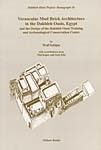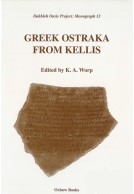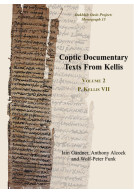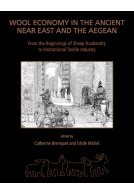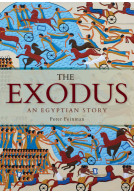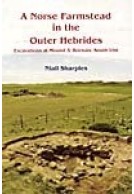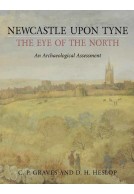Vernacular Mudbrick Architecture in the Dakhleh Oasis, Egypt, and the Design of the Dakhleh Oasis Training and Conservation Centre (Paperback)
Series: Dakhleh Oasis Project Monographs
Pages: 63
Illustrations: 76 b/w pls, plans and drawings
ISBN: 9781842170595
Published: 1st November 2008
(click here for international delivery rates)
Order within the next 4 hours, 24 minutes to get your order processed the next working day!
Need a currency converter? Check XE.com for live rates
More than one third of the world's population lives in houses made of unfired earth bricks or stamped earth, materials also known as mud brick, adobe , terre crue , pisé , or rammed earth. Houses in the middle east have been made out this material for at least 10,000 years, but in many places this form of architecture is slowly being superceded by more recent building techniques using reinforced concrete and concrete blocks. This study contains a description of the remaining mud brick architecture in several villages in the Dakhleh Oasis in Egypt. It includes a brief history of mud brick, a discussion of the distinct local building techniques of the Oasis, and three architectural case studies of traditional mud brick houses in the Oasis, and it has many plans and photographs of local houses. The study was carried out as preparation for the design and construction of an archaeological working and training centre in the Dakhleh Oasis, which has been made according to the local traditions in mud brick vernacular. It is based on a field trip carried out in 1997 by Wolf Schijns (architect), Margriet Schijns (architect), Olaf E Kaper (Egyptologist) and Joris D Kila (art historian).







